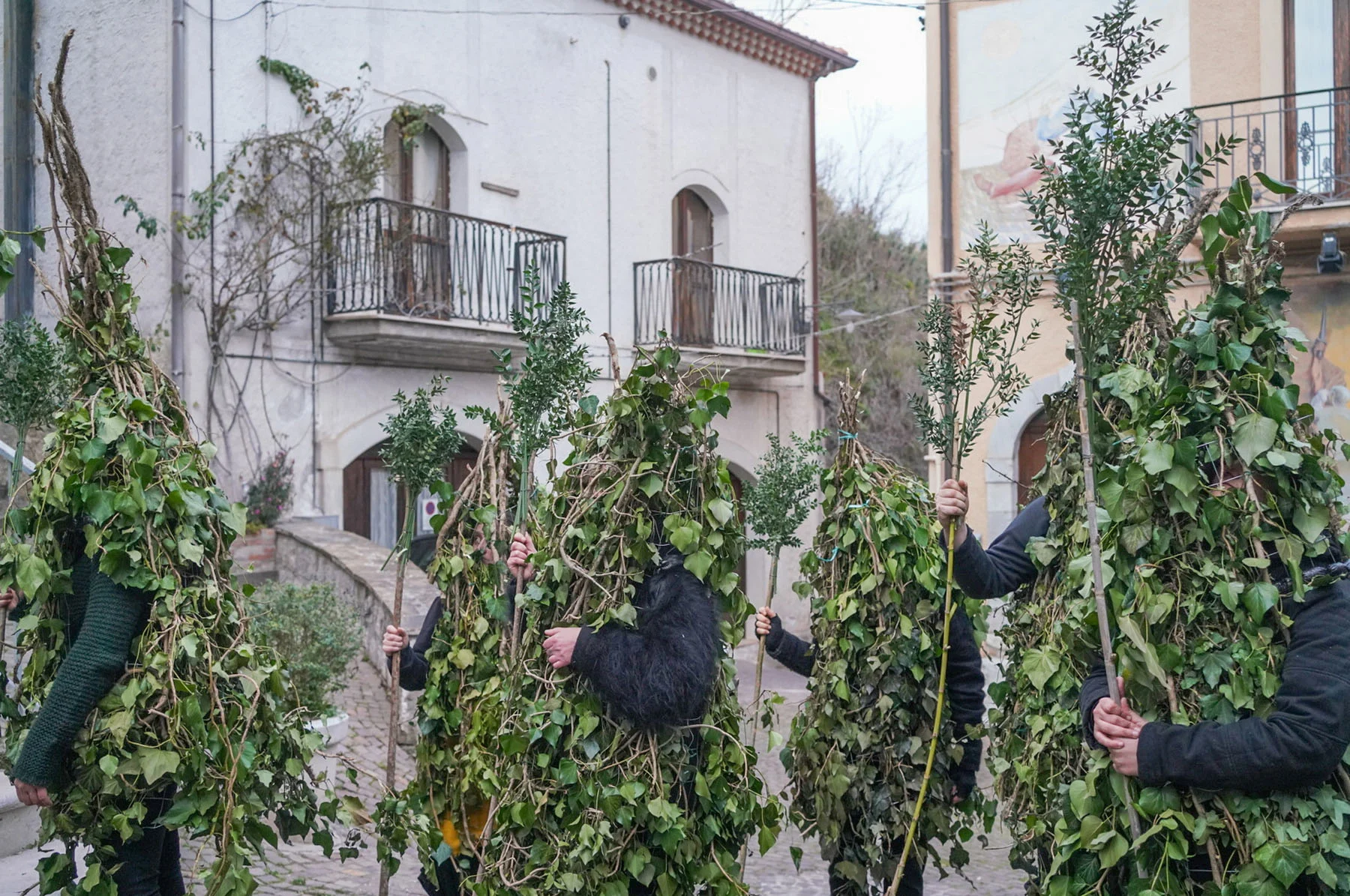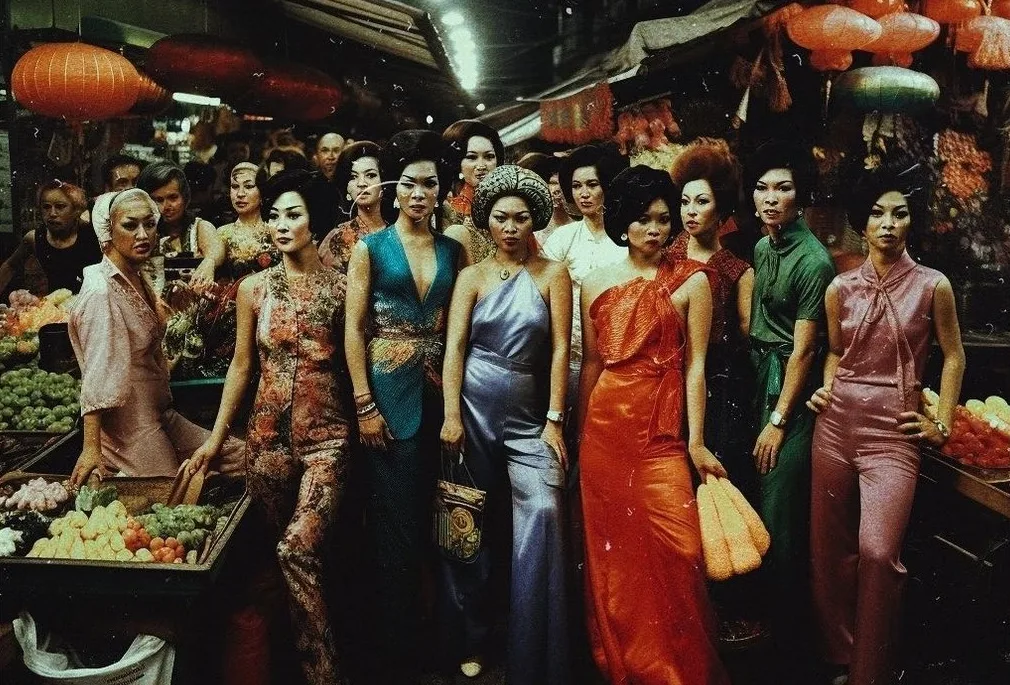
Animator Rosa Sawyers has always enjoyed finding the similarities between all the world’s living things; the way the pathways in the brain might reflect the roots of a tree, or a cross-section of a hand might look like a rugged landscape. In turn, every natural landscape she creates in her peaceful animations appears like a living, breathing organism. She tells Alix-Rose Cowie how each animation is inspired by the magic of nature, whether it’s seen in the real world or on the pages of a science book.
Rosa Sawyers walks the green grassy hills that surround her hometown in Brighton and stops when something sparkly catches her eye. It may be sunlight illuminating a water droplet, or a fallen apple that’s rolled beneath a bush into just the right spot of dappled light to make it seem as if it’s glowing. These glimmers are the starting points for her animations, which she hopes can translate at least some of the feeling of noticing something magical in nature and thinking, “God, that’s just so nice.”
Raised by a family of artists and designers, Sawyers grew up looking at wonderful books kept from her dad’s childhood, full of “all the little worlds that I love,” she says. A particular double-page diagram of the cross-section of a pond has always stuck with her: the layers of mud and rock, weeds and water lilies, bugs and frogs. “That's the magical pink princess world I wanted to be in when I was little,” she says, “that kind of beautiful glowing globe.” For a time her grandparents were design teachers. When applying to study graphic design at university they had her do classical drawing exercises to include in her portfolio. “I still get my granddad bringing me books on human anatomy, saying, ‘You can argue, but I can tell you’re not thinking of the bones under the skin when you’re drawing people, Rosa,’” she laughs.
That's the magical pink princess world I wanted to be in when I was little, that kind of beautiful glowing globe.
When she does look at scientific drawings, Sawyers is thinking about much more than bones. In her experimental short film “Bits,” body parts morph into scenes from nature, and microscopic cells in a petri dish become a kaleidoscopic galaxy. These transitions were inspired by anatomical diagrams rendered in different colors (pink, purple, orange, green) to identify bone, cartilage, nerves or muscle. Looking at a picture of the cross-section of a hand online, Sawyers saw a landscape. In a cross-section of a head, the veins looked like a tree and the blue brain, a sky. She remembers thinking: “That's just the most beautiful thing in the world.” For weeks, she looked for more of these connections (things within other things). “‘Bits’ felt like a culmination of an idea I’d been trying to understand for a long time; that biologically everything is made so similarly that things are mimicking each other across the world,” she says. This has led to a kind of “borrowing” of motion in her work, where the petals of a flower unfurl like curling fingers.
Sawyers got into animation by mucking about with software after graduating mid-pandemic with a graphic design degree and a whole lot of spare time. Through her meddling she’s worked out how to illustrate directly into After Effects, using the programme in all manner of unconventional ways to turn her observations of the natural world into looping meditations. Each story calls for pause: watching ants march in a circle, or a spotty little caterpillar haphazardly chomping its way through a leaf leaving jagged holes that frame the moon and stars in the sky beyond.
Found video footage (open source stock or crusty old film past its copyright) adds to the fizz and fuzziness of Sawyers’ artworks; blended into the textures so well that it’s mostly hidden. The rest of the grain and shiver is achieved through a digital to analogue to digital process that takes as long as making the animation does. An Epson office printer spits out pages of Sawyers animations in CMYK dots, forty frames per sheet. She then feeds the printed frames back into After Effects one by one, stretching them back to their original size. “It’s a bit mad, and it’s lengthy,” she says of the process, never sure how it’ll turn out but excited by the possibilities. She feels as if she has to earn the result. “Over time I learn what's going to come across well, what can’t I do, how thin a line can be before it just disappears.” Recently she’s begun playing with inverting the colors before printing and then changing them back again digitally. “That is the coolest thing I’ve done recently,” she says. “That gave me so much excitement and no one even knows I'm doing it.”
Though she hesitates to add sound to her personal work—“Music is so individual and emotional, it’s too much of a commitment”—Sawyers is often commissioned by musicians for animated album artwork or visualizers for streaming platforms. She’s recently made work for a compilation of animations for country-pop star Kacey Musgraves’ stage visuals. Magazines and news giants like The New York Times have also come calling as the definition of editorial illustration expands online to include dancing animations. As Sawyers gets busier, her trusty Epson is starting to feel the strain. “I need to replace it, but it's done so much for me,” she says. “It’s printed a short film!”

